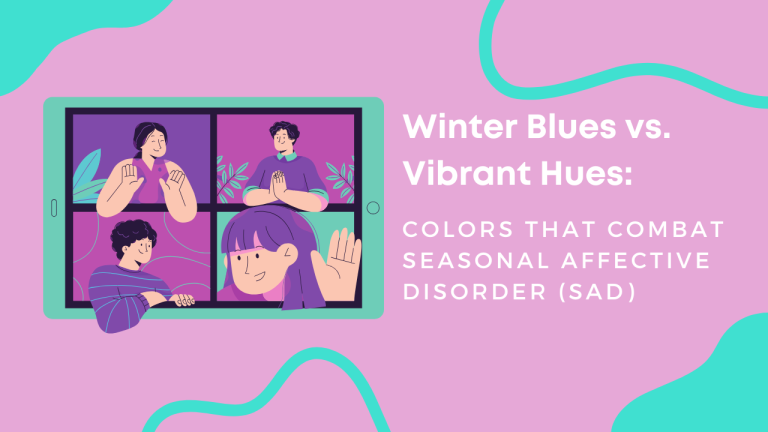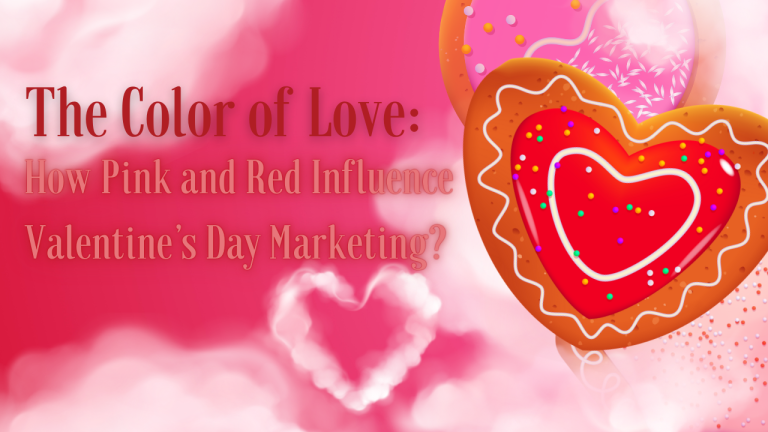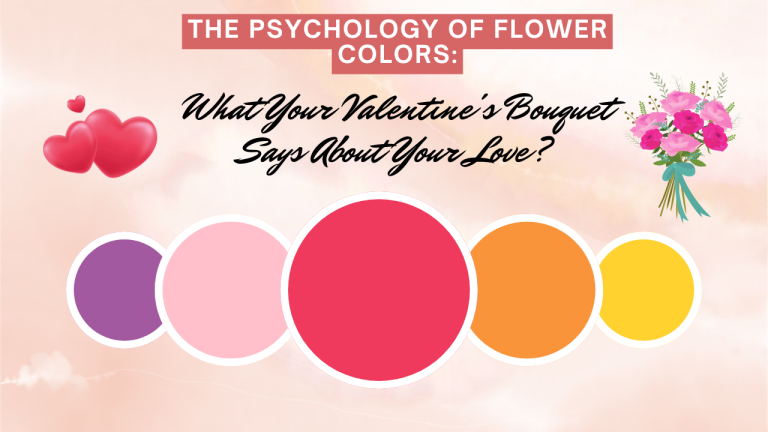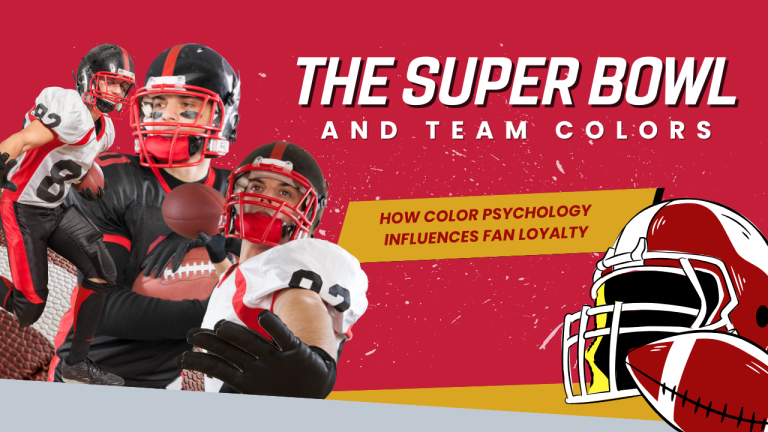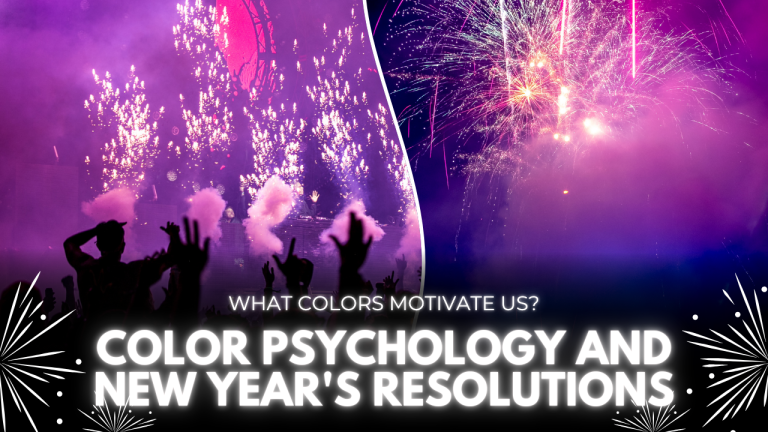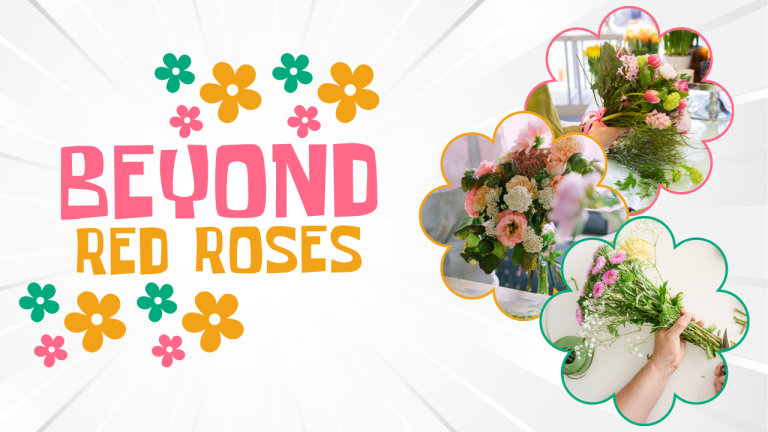Every February, retail stores fill their aisles with energetic pink and red decorations. Calculated color choices considerably affect consumer behavior, creating an inviting ambiance that encourages romantic actions and, in turn, increases sales. Understanding how color affects consumer behavior helps marketers create successful Valentine’s Day campaigns.
Marketing Psychology Behind Valentine’s Colors
The Power of Pink
Marketing research shows that pink evokes feelings of warmth, nurturing, and romance. Leading brands capitalize on this by:
- Utilizing soft pink shades to appeal to feminine audiences
- Incorporating vibrant pink to convey youthful energy
- Mixing dusty pink with neutral colors to attract luxury markets
-
Rose Pink (Hex: #FF66B2): A classic Valentine’s pink that embodies romantic love and affection.
-
Dusty Pink (Hex: #D8A7B1): A sophisticated muted pink perfect for luxury Valentine’s campaigns.
-
Blush Pink (Hex: #FFB6C1): A soft, delicate pink that creates a gentle romantic atmosphere.
Red’s Emotional Impact
Red evokes a sense of urgency and passion in marketing campaigns. Research indicates it can:
- Elevate heart rate and breathing
- Instill a feeling of excitement
- Encourage impulse buying
- Enhance attraction between potential partners
-
Ruby Red (Hex: #E0115F): A deep, passionate red that symbolizes intense romantic love.
-
Cherry Red (Hex: #990F02): A rich, classic red that represents traditional Valentine’s romance.
-
Cardinal Red (Hex: #C41E3A): A bright, vibrant red that captures attention in marketing materials.
White’s Supporting Role
White space and accents play essential roles in Valentine’s marketing:
- Establishing clean, professional designs
- Emphasizing featured products
- Balancing vibrant emotional colors
- Enhancing the perceived value of luxury items
-
Pearl White (Hex: #F5F5F1): A soft, luminous white that adds elegance to Valentine’s designs.
-
Ivory White (Hex: #FFFFF0): A warm white that creates a romantic, vintage feel.
-
Snow White (Hex: #FFFAFA): A pure, crisp white that provides the perfect contrast for Valentine’s colors.
Successful Valentine’s Marketing Strategies
Digital Campaign Elements
Using color effectively during the digital experience today is key to Valentine’s marketing. Brands should aim to deck out a cohesive Valentine’s color story on their feeds, print eye-grabbing combo sets on Pinterest, season-themed ads on Facebook, and a TikTok presence that puts popular color filters to good use, to thrive on social media. Moreover, website design should provide temporary Valentine’s designs, collection pages of special products, landing pages for the season, and email footprint templates.
Retail Space Design
In physical stores, color psychology is deployed by strategically placing red and pink items in window displays, highlighting them with deliberate lighting. The use of white space makes for eye-catching focal points, while metallic accents and gradient effects evoke a sense of luxury. This formal style is enhanced by a color-coded segmented product section, where products and promotional displays, along with packaging designs, are placed strategically and further complemented with lighting design, all inside the store.
Color Psychology Success Stories
Luxury brands stand out by combining classic Valentine’s colors with metallic gold accents, rich burgundy shades, pearl white backgrounds, and rose gold details. In contrast, mass market retailers offer a more accessible take on romance with vibrant pinks, traditional red hearts, crisp white packaging, and touches of purple.
Campaign Planning Essentials
The progression of development starts with subtle changes to color in early January and ramps up to a more pronounced pink by mid-month. The entire Valentine’s color palette is in effect by early February, before colors slowly fade following the holiday. Put aside money for professional photography, professional printing services, and custom packaging and digital design services.
Digital Marketing Integration
The timeline for development begins with gentle color shifts in early January, moving to a stronger presence of pink by mid-month. By early February, the full Valentine’s color scheme is in place, followed by a gradual decrease in colors after the holiday. Budget planning should include expenses for professional photography, high-quality printing services, custom packaging, and digital design services.
Measuring Campaign Success
Performance tracking depends on engagement rates, conversion metrics, social sharing statistics, and customer feedback. Color-specific tracking employs heat mapping tools, A/B testing results, customer journey analysis, and conversion path tracking to assess effectiveness.
Future Trends in Valentine’s Marketing
Emerging color patterns incorporate unconventional combinations, gender-neutral palettes, cultural influences, and messages of sustainability. The integration of technology progresses with augmented reality displays, virtual experiences, interactive color selection, and personalized schemes.
Practical Implementation Guide
Small businesses can take advantage of budget-friendly strategies such as leveraging DIY design software, customizing pre-made templates, using neighborhood printing houses, and applying social media filters. For enterprise-scale, solutions range from updating extensive brand guidelines, through managed global color consistency, cross-channel coordination,n and plans for regional adoption.
This way, brands can still create great campaigns that resonate with their audience, while not overspending and compromising on brand consistency.
Conclusion
Valentine’s Day marketing is always evolving, mixing customary romance with contemporary advertising strategies. Successful marketing depends on a strong comprehension of color psychology and its effective application across modern media.
Successful campaigns maintain brand identity and they do this through consistent color schemes across all customer touchpoints. The application of at least three principles of color psychology in marketing plans assists brands in developing considerably more engaging and successful Valentine’s Day campaigns that connect with a large portion of their target audience and generate large results.

